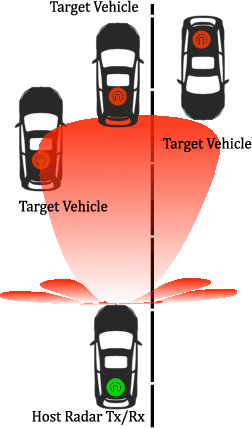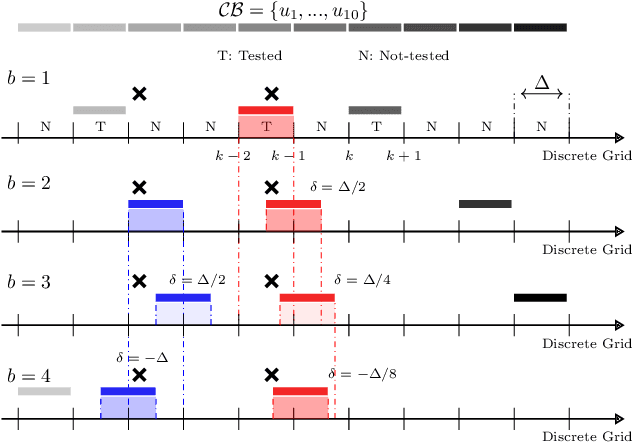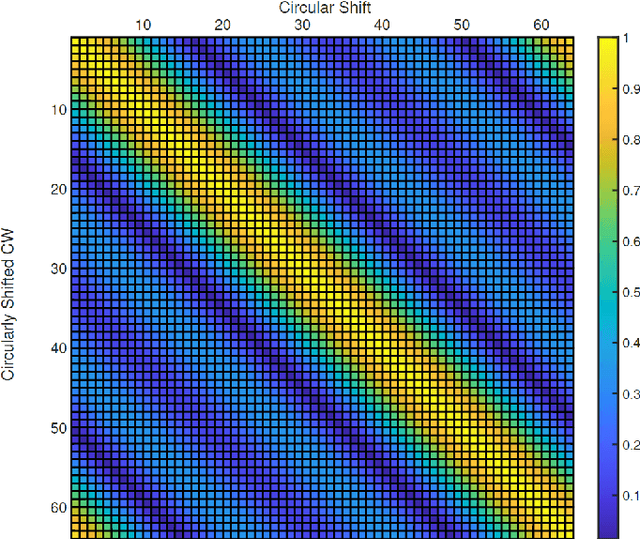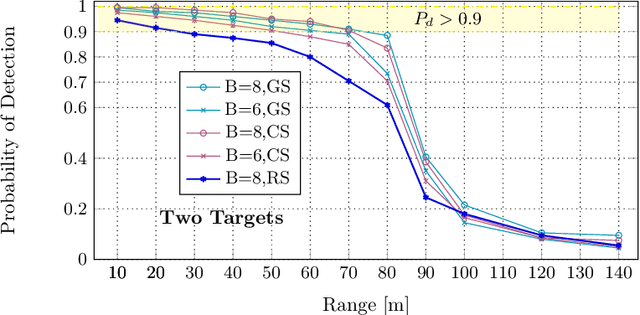A Beam-Space Active Sensing Scheme for Integrated Communication and Sensing Applications
Paper and Code
Oct 09, 2022



In this paper, we develop an active sensing strategy for a millimeter wave (mmWave) band Integrated Sensing and Communication (ISAC) system adopting a realistic hybrid digital-analog (HDA) architecture. To maintain a desired SNR level, initial beam acquisition (BA) must be established prior to data transmission. In the considered setup, a Base Station (BS) Tx transmits data via a digitally modulated waveform and a co-located radar receiver simultaneously performs radar estimation from the backscattered signal. In this BA scheme, a single common data stream is broadcast over a wide angular sector such that the radar receiver can detect the presence of not yet acquired users and perform coarse parameter estimation (angle of arrival, time of flight, and Doppler). As a result of the HDA architecture, we consider the design of multi-block adaptive RF-domain 'reduction matrices' (from antennas to RF chains) at the radar receiver, to achieve a compromise between the exploration capability in the angular domain and the directivity of the beamforming patterns. Our numerical results demonstrate that the proposed approach is able to reliably detect multiple targets while significantly reducing the initial acquisition time.
 Add to Chrome
Add to Chrome Add to Firefox
Add to Firefox Add to Edge
Add to Edge